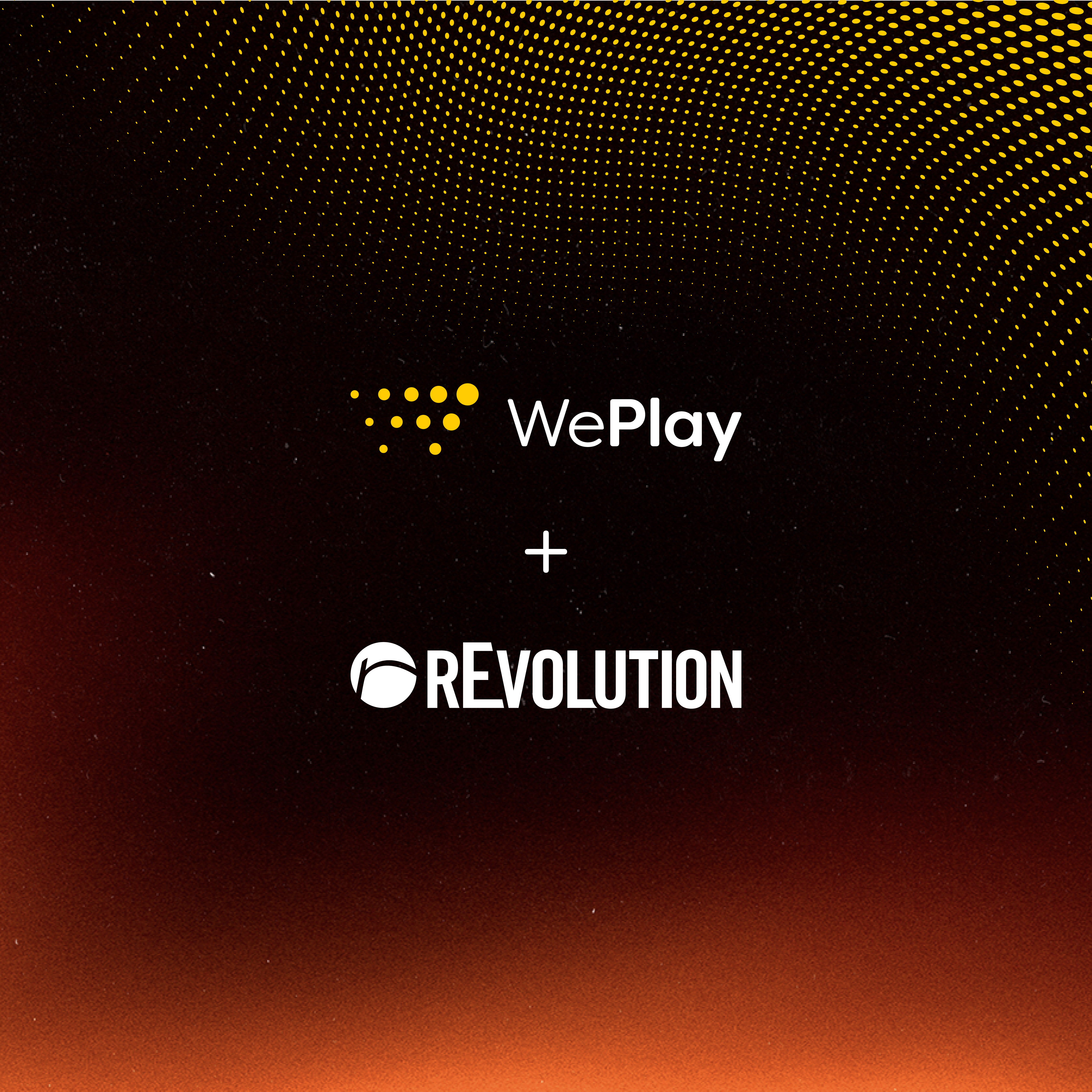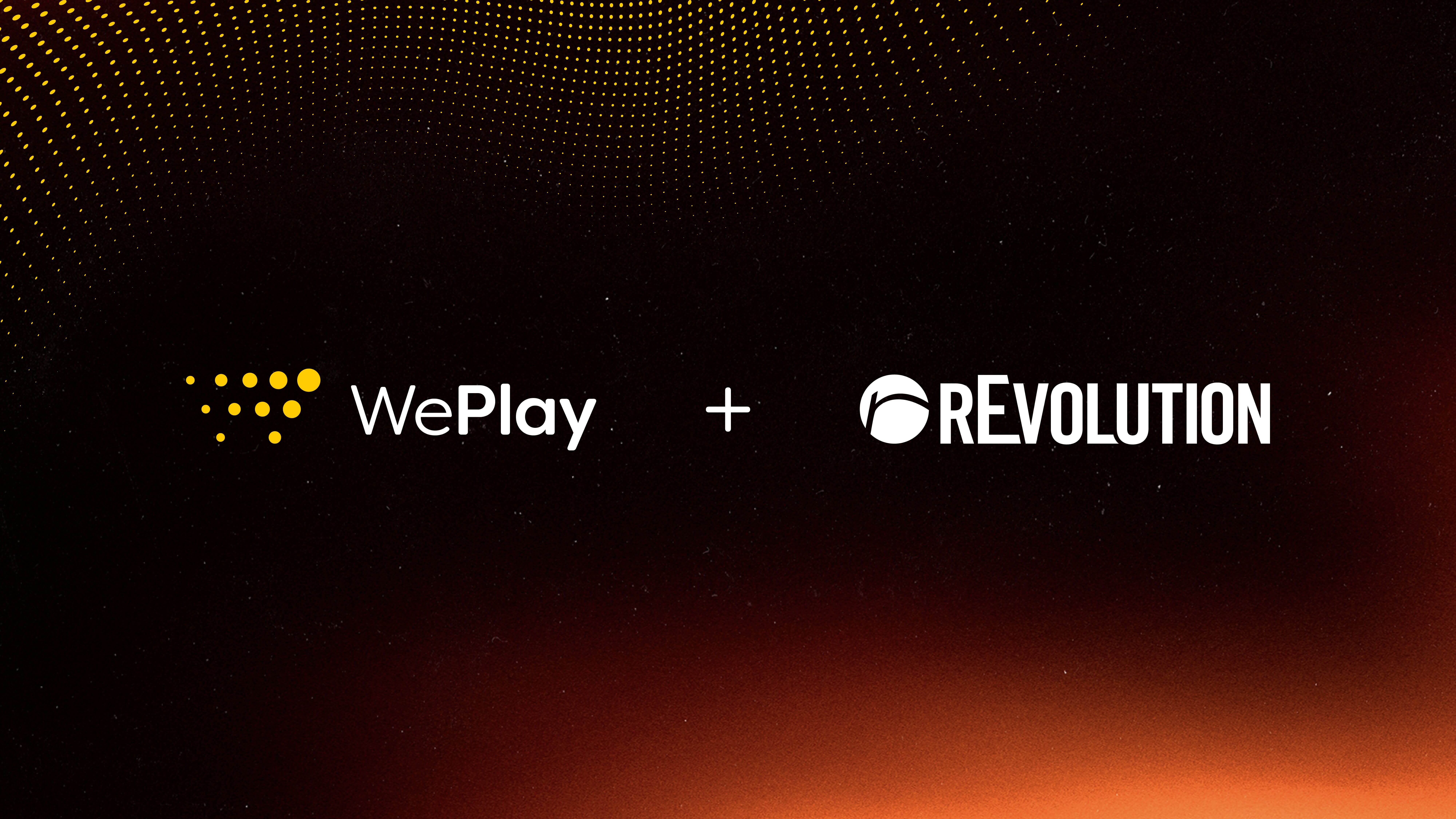
Influencer marketing: connecting with audiences through an effective campaign
In recent years, influencer marketing has become an incredibly powerful tool for brands, it’s no wonder that brands in our industry have gravitated towards it.
It’s an effective tactic for boosting engagement, reaching new audiences, and maximising influencers’ social reach.
From sharing their personal opinions, experiences, and industry knowledge, influencers have long established a loyal following who trust and engage with their content, making them attractive to brands seeking to enter new markets and new territories.
But as the influencer game gets crowded, it’s become even more important to know the do’s and don’ts before launching a project to avoid a poorly executed campaign which lacks authenticity.
Drawing from eight years of experience in content creation as the founder of Anfield Watch, an independent business with supporting social channels dedicated to Liverpool FC, and over six years in the agency industry – I have developed a 360-degree view of this landscape.

Throughout that journey, I have acquired valuable knowledge and this guide aims to share some of these insights; from setting campaign objectives, vetting and implementing effective outreach strategies to selecting the right influencers and managing relationships.
Defining influencer campaign objectives
There are plenty of reasons a sports organisation might want to utilise influencer marketing.
Whatever the motivation, if a brand wants to maximise growth and engagement through influencer marketing, it is crucial for a brand to approach it strategically. The most vital step in this process is defining objectives clearly.
Is the partnership designed to drive sales? Is the main purpose to increase brand awareness? Is it a social growth campaign?
Clearly defining this, before any vetting or outreach procedures have taken place, will ensure the right creators are identified to ensure campaign success.
I’ve worked on campaigns before where the main objective has been awareness, where creators were selected based on true reach, but halfway through the campaign, clients have asked us to pivot due to a low number of product sales.
The problem there is that all the influencers were identified and contracted based on the primary objective of brand awareness, not for driving sales.
This is the most critical stage as the success of the whole campaign is heavily dependent on the success of this initial step.
Vetting and outreach
Then we come to vetting and outreach. Here, it is imperative to channel resources and time into vetting every single influencer a client plans on working with.
Just like how we run social audits and health checks for our partners, this same rigorous methodology needs to be applied when working with influencers.
There are three key factors to consider here:
- Firstly, you need to look at an influencer’s content to make sure they are aligned to the brand’s messaging and positioning on a humanitarian level.
- Secondly, you need to do a deep dive into their audience data to support this, look at their audience demographics in terms of age, gender, location, interests, affinities etc – it’s no good contracting an influencer with a 90% US audience when you are trying to sell products in the UK, even if the creator themselves is UK based!
- Once the right influencers have been identified and contracted, it’s then important to establish clear guidelines for any partnership, including content expectations, posting frequency, key brand messaging, dos and don’ts and timelines to ensure campaign alignment across all parties.
These are the main vetting factors we would analyse for our partners when considering influencer activations and this is as much about hard numbers as it is making a subjective judgement.
 Type of influencers
Type of influencers
Considering the benefits of incorporating both macro and micro influencers is another significant aspect to take into account while formulating an influencer campaign.
Influencers have a significant impact on their followers’ purchasing decisions, making product reviews, event experiences, and brand affinity crucial.
While macro-influencers with large followings help increase brand reach and awareness, micro-influencers are often more effective and cost-efficient. They have smaller, niche followings and are perceived as authentic and relatable.
The choice between macro and micro-influencers depends on the campaign’s purpose, which should be established during the planning stages.
Brands that prioritise authenticity and relatability through micro-influencer campaigns are more likely to succeed, as audiences are becoming desensitised to macro-influencer content.
Relationship and Influencer management
Regardless of all the benefits, influencer marketing comes with its own unique set of challenges.
One of the most significant challenges is the fact that the success of the campaign relies heavily on the influencers involved.
Whether it’s the creators themselves, their agents, or other representatives, you’re reliant on them to deliver the right content that aligns with your brand’s messaging and values, while also maintaining their own unique style.
This can be especially challenging given that influencers are independent contractors who may have difficulty adhering to client requests outside the agreed round of amends.
However, building strong relationships with influencers can help overcome these challenges. Influencer marketing relies so heavily on person-to-person interactions, with experience you learn to understand how cultivate, manage and grow these relationships.
Effective communication is key when working with influencers. Providing them with detailed briefs, setting clear deadlines, and establishing a process for feedback and revisions can help ensure that everyone is on the same page and working towards the same goals.
Tailoring influencer campaign strategies
While these practices are valuable and inform our approach to planning influencer campaigns, it’s important to acknowledge that every project demands a nuanced approach and their own unique challenges.
For example, last year, we partnered with Dunlop‘s Italian team, to activate their No.1 Ball On Tour sponsorship at the ATP Next Gen event in Milan and ATP Finals in Turin, orchestrating a two-week on-site digital brand activation. Collaborating with influencers, we created daily content, amplifying Dunlop’s message to dedicated audiences.
Hosting eight prominent tennis influencers with exclusive access to matches and VIP hospitality, we also organised an off-site coaching clinic at a prestigious private tennis club in Milan, led by a Dunlop brand ambassador and an ATP tour player – a project that required an extensive vetting and outreach process.
In contrast, we have also had the opportunity to spearhead a project focused on promoting a partnership between Bitget and Lionel Messi, one of the most influential figures in the world, who’s role transcends that of a typical influencer.
Working alongside one of the greatest athletes of all time presented different challenges and relied heavily on managing the limited three-hour window we had with Messi effectively to ensure we reached the campaign objectives.
Two very different project examples – success lies in understanding the unique dynamics and challenges associated with different influencers and projects and tailoring your approach accordingly
Data driven insights
Finally, a key part of any strategy or campaign is monitoring and measuring the success.
By tracking key performance metrics such as ROI, reach, engagement, and conversions, you can gain a comprehensive understanding of the campaign’s impact allowing you to make appropriate adjustments.
And of course, by continuously analysing the behaviour of the influencer’s followers, you can refine your content to better align it with the objectives of the campaign and target audience.
The bottom line
While every campaign requires a tailored approach, the basic procedures should remain consistent.
By following these steps, you can maximise the impact of any influencer marketing campaign and effectively connect with target audiences in an authentic way.
The key to success lies in establish clear guidelines for the partnership to ensure alignment among all parties involved, understanding your target audience and who will resonate with them most effectively and, above all, clearly define the campaign objectives before proceeding with any further steps.
Ready to take your influencer strategy to the next level? Get in touch.


